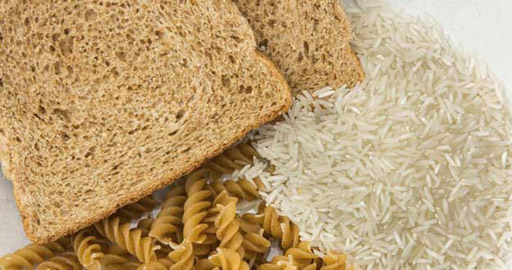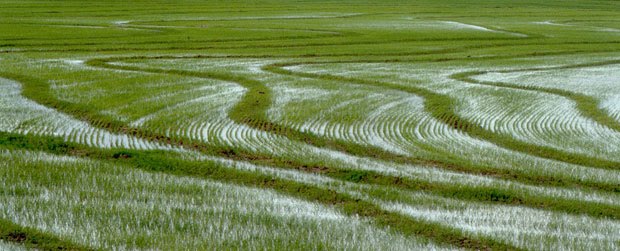Researchers at the Miguel Hernández University of Elche (UMH), (Alicante, Eastern Spain) have analyzed the presence of arsenic in flour, bread, sweets, pasta, beer and milk, made with rice, for people with celiac disease.

Bread, pasta and rice
Not only people with Celiac disease, almost 1% of the Western population cannot tolerate gluten and are forced to consume products without that substance, such as rice.
However this cereal, depending on its origin,may also contain “worrisome” levels of arsenic.
Arsenic is a toxic and carcinogenic element according to research from SYNC. (Statewide public agency, specialized in information about science, technology and innovation, in Spanish).
The results of the analysis, presented in the journal Food Additives & Contaminants, warn that some of these products contain "important content" of total arsenic (As-t, up to 120 mg / kg) and inorganic arsenic (As-i, up to 85.8 mg / kg).
The total arsenic is the sum of organic, which is combined with carbon, and the inorganic, that react with other elements such as oxygen, chlorine or sulfur, and it is more harmful.
These data were estimated contents of As-t and As-I, just used rice, as the main ingredient, --rejecting other components of food-- and have proven to be as high as 235 and 198 mg / kg, respectively.
In addition, the daily intake of inorganic arsenic, taked by celiac, when they consume products with rice, is estimated at 0.46 and 0.45 mg / kg (micrograms per kilogram of body weight), for women, and men aged 58 and 75 kg, respectively.
And, in the case of children (up to five years), these values are even higher, ranging between 0.61 and 0.78 mg / kg, according to another study, published in the Journal of Food Science.
An expert panel of the European Food Safety Authority (EFSA) of the EU, established, in 2009, that there are evidences that the intake range between 0.3 and 8.0 mg / kg of body weight, per day, is a risk of cancer lung, skin and bladder. The estimated intakes, in the two studies, is moved therefore within that range.
"These values indicate that we can not exclude a health risk to people, who consume these products", says Ángel Carbonell, co-author of the studies, although he recognizes an important point: "The EU has not yet established legal limits of the levels of arsenic, in rice and foods made of this cereal; but, now, it is actively working on it”.
The advice of researchers is clear: "A legislation, by health agencies to delineate arsenic levels which must not exceed the rice-based foods for celiac consumers, is needed".
To date, celiac disease was diagnosed mainly in children; but, in recent years, the profile has changed and "one in five people", with the disease, is older than 65 years.
At present, every European country is taking samples of these products, analyzing and submitting the results to the EFSA, to develop a database large enough to make decisions.
The Spanish Agency for Consumer, Food Safety and Nutrition (AECOSAN) submitted their report for which the researchers of this study can collaborate.
Another of their key recommendations is to include a quality information on labels: "It should indicate the content of inorganic arsenic, that takes each item, just like identify either the rice variety used and its origin, because some are more desirable than others", stresses Sandra Munera, another author.
Arsenic occurs naturally in the earth crust; but, in some regions, its abundance is higher than in others, and its concentration also increases with the use of pesticides. Then this element is diffused through the water to rice, one of the few plants that are grown flooded.
One of the most "purest" rice in the world is from the National Park of Doñana (Almonte, Huelva, South western Spain). This mainly because it has not been exposed to the use of pesticides and arsenic is not abundant naturally in this location.

Rice field in the Natural Park of Doñana
However, in countries like India and Bangladesh, where the waters are contaminated with inorganic arsenic and rice is a staple food for the population, this could be the result of one of the largest mass poisoning in history.
Well, I hope that E.U. can assist in this area and help deal with this serious problem.
Until my next post, kind regards,
Luis.
Sponsored by Costaluz Lawyers.
Please click below:
